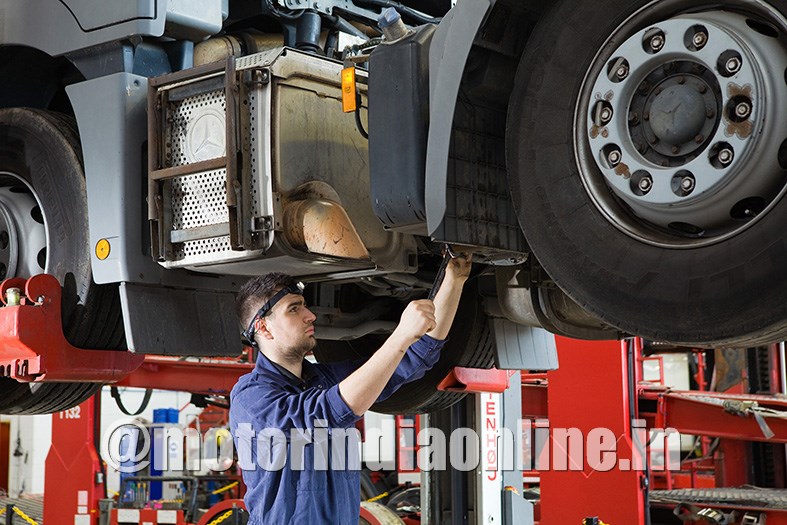Cloudy market outlook and subdued demand for new vehicles, along with a trio of market trends, are pushing aftermarket into the limelight.
Gone are the days when automotive and off-highway aftermarket in India used to operate in oblivion. It is in broad daylight now, or at least becoming, in sync with what has happened in Western markets years ago. Because, the aftermarket operations are no more about the distribution of spares and replacement parts only, but rather a multitude of ‘services’ and ‘package deals’ are evolving in the industry. It is only now that the automakers and prominent suppliers are realising that “aftermarket is not an after-thought”, meaning that it is no more secondary to their principal operations and business models. How exciting is that?
While yes, there are some significant legacy issues still lingering around the aftermarket, including that of lack of standardisation, quality issues, and counterfeit products, but there are some distinctive trends looming as well, which can transform it forever. For the record, I don’t consider its structural morphology – comprising MSMEs, minor brands, and traditional distributor networks as the industry’s majority – as improved formalisation and better organisation of their products and processes is a corollary to market maturity, and it is gradually happening. However, they have to be up on their toes and show pro-activeness, without adequate preparedness of the entire aftermarket supply chain, these trends might as well be catastrophic.
The aftermarket is witnessing rapid liberalisation of the market, along with changing technologies and significant shifts in consumer habits and their respective business models. On liberalisation, we see new players stepping the aftermarket arena, may it be OEMs or e-commerce giants. Automakers are trying to increase their penetration in this space, to claw back a fair share of business in spares retail and services through their formalised after-sales networks and make aftermarket a reliable stream of revenue at all times. At the same time, online platforms are increasingly luring the end-users and independent garages, at the expense of traditional players.
Further, shifts in vehicular technologies is a double-edged sword to the aftermarket. Disruptions out of electrification or hybridisation have not begun in India yet, but electronics, complex engine technologies, and driver-assistance systems in new-generation vehicles to meet various emission and safety norms are hurting independent spares and service providers. This is bound to amplify in the years to come when BS-VI vehicles complete their OEM-sponsored warranty periods, unless until they improve their competencies with adequate skills and tools and stay competitive. On the contrary, certain other technologies and new products like telematics or LED lighting are expanding the horizons of the aftermarket.
With the emergence of next-gen vehicles and technologies, preparing on how to service them in the years to come is important for the aftermarket. It has to adapt to the changing needs of the next wave of owners and drivers on road (call them ‘Millenials’ or whatever) whose thought-processes are different from that of their previous generations. They see aftermarket as a ‘service’, with expertise and value-added solutions, moving beyond mere handling of replacement spares and carrying-out repairs. Fleet operators aim for maximum uptime and lower TCO in their vehicles, and so look for service partners who can offer complete and hassle-free solutions.
Nevertheless, these three trends are just one part of the discourse. Aftermarket is perhaps the most underrated segment in the vehicle and equipment industries. It is only in the backdrop of the current macro-economic scenario, with subdued sales and pro-longed de-growth, industry players are realising the importance of aftermarket business models. Cloudy new vehicle sales is a silver-lining for the aftermarket segments, as the existing parc of vehicles demand more and more servicing and replacement spares. ACMA’s latest data on the component industry’s performance in the first half of 2019-20 is a clear testimony to this scenario. Even after the industry bounces back with healthy growth in sales figures, the existing parc is bound to remain at an all-time high, which will continue to drive the growth of the aftermarket businesses.
I’d love to know what you think, email your views to dhiyanesh@motorindiaonline.in
